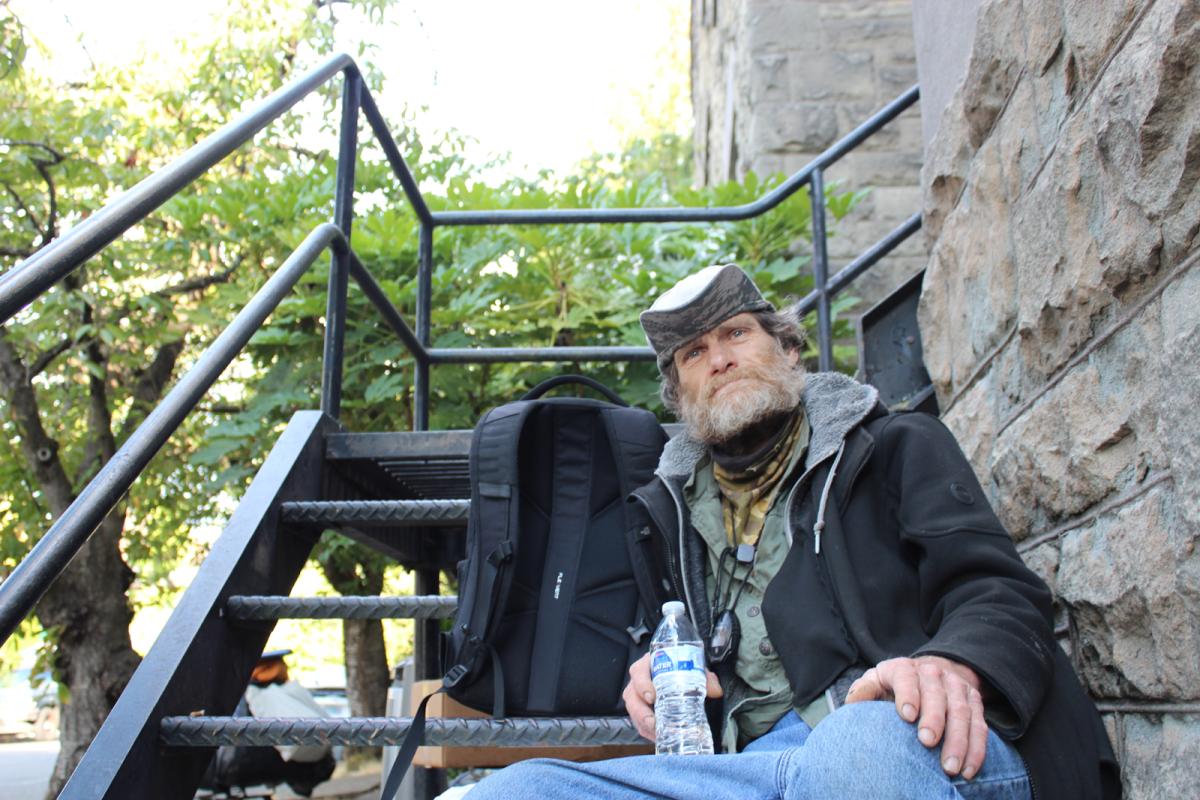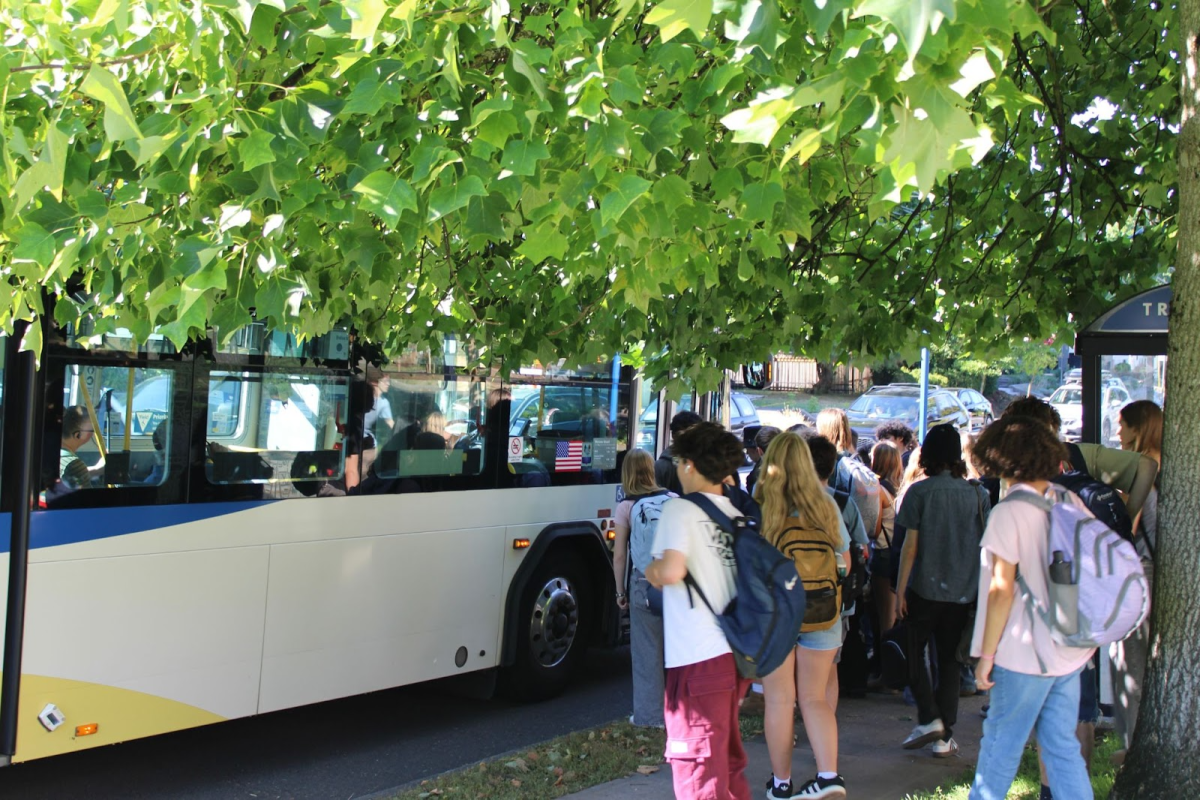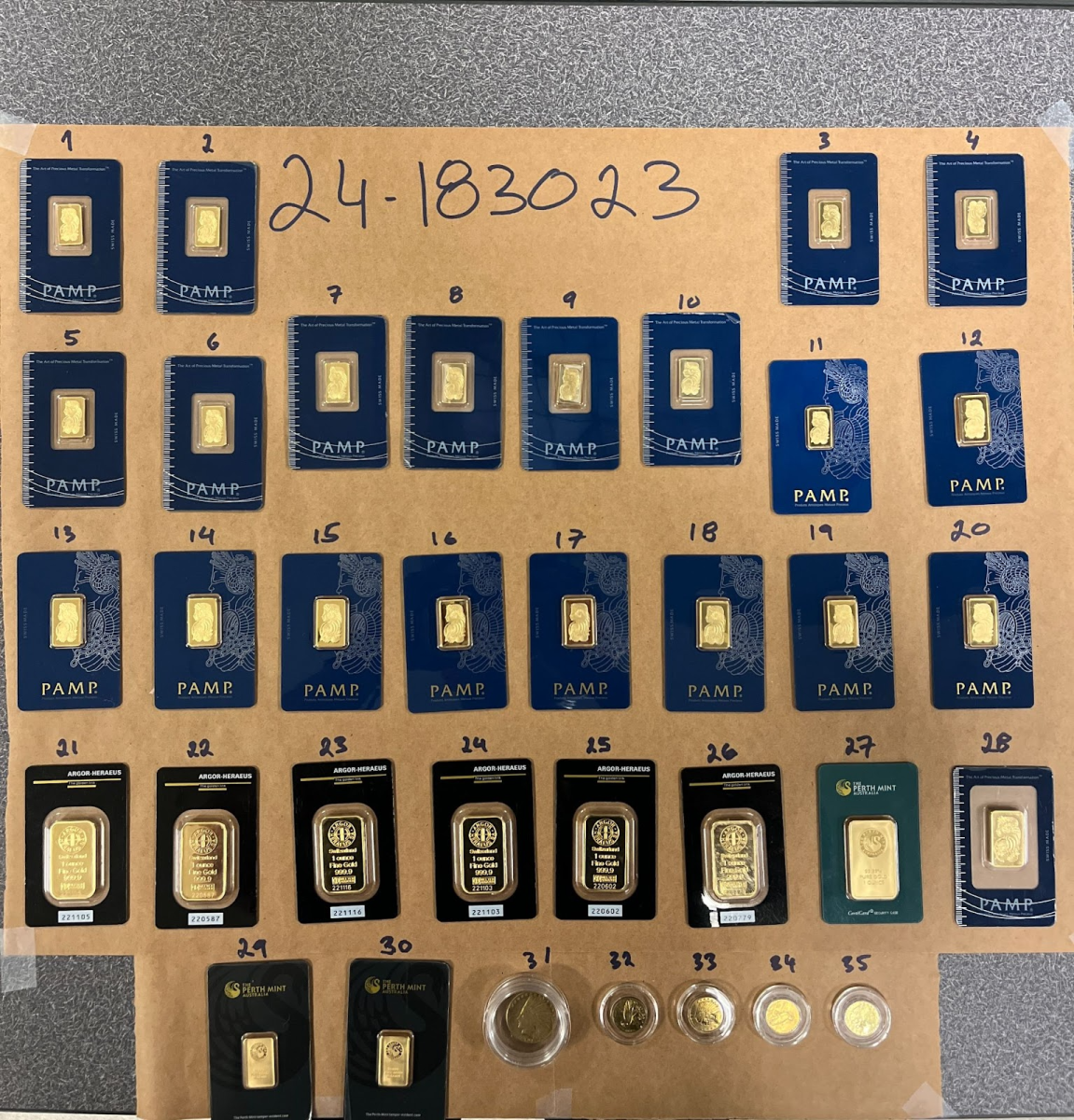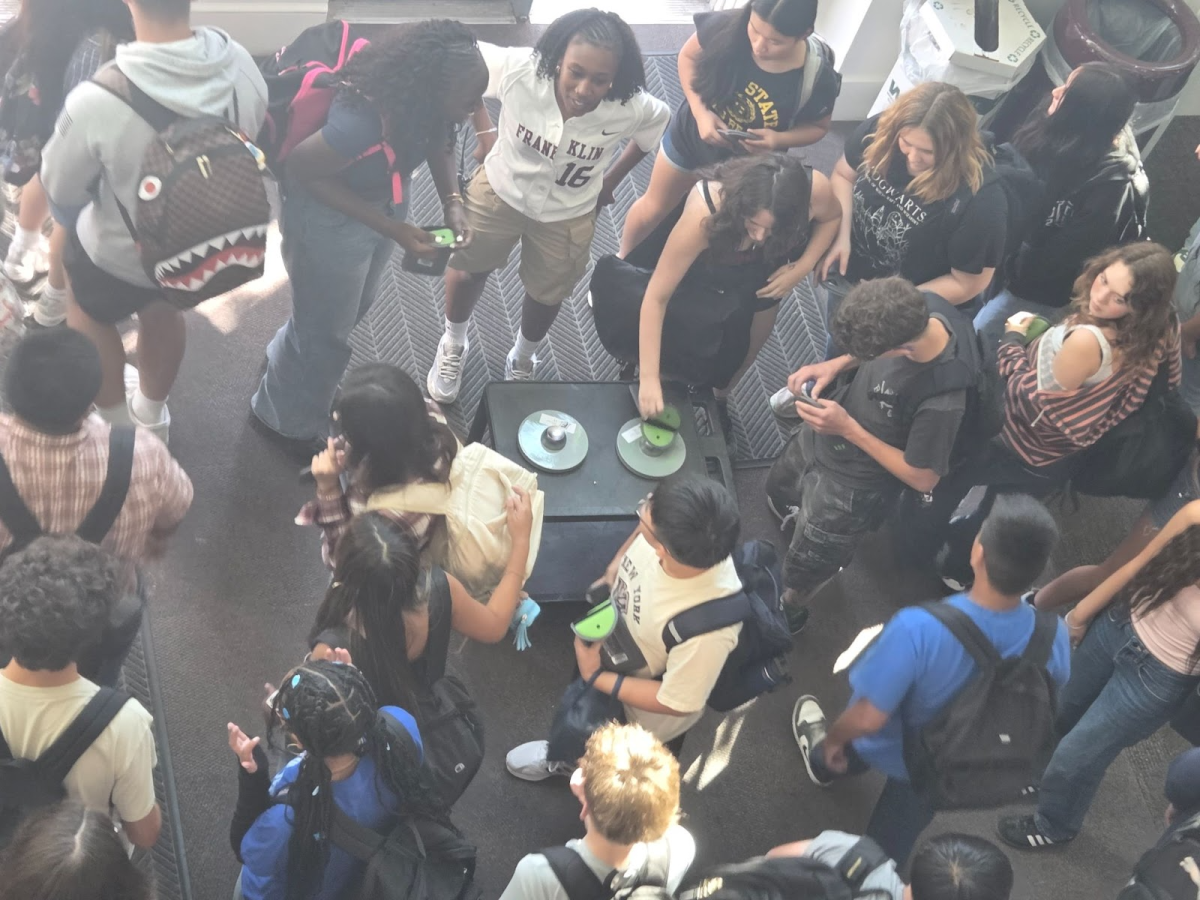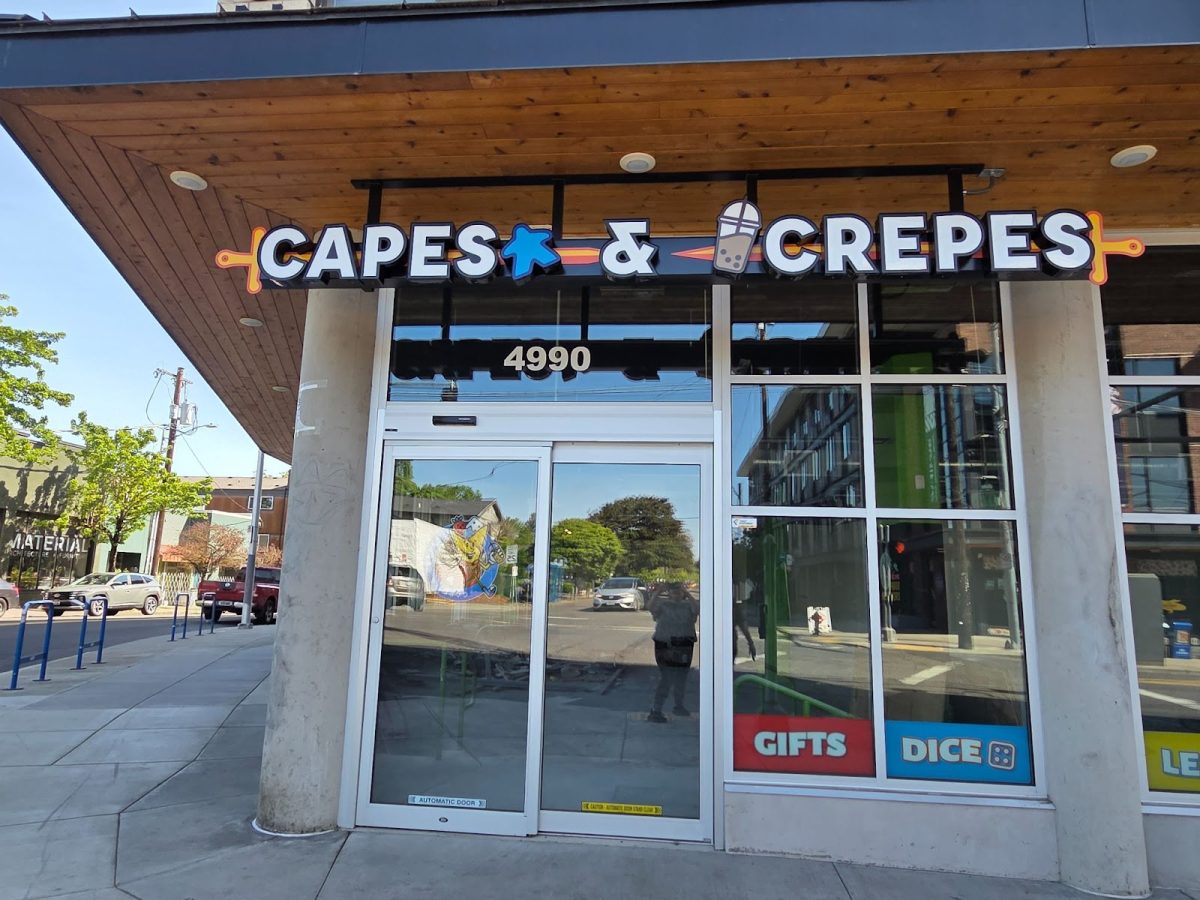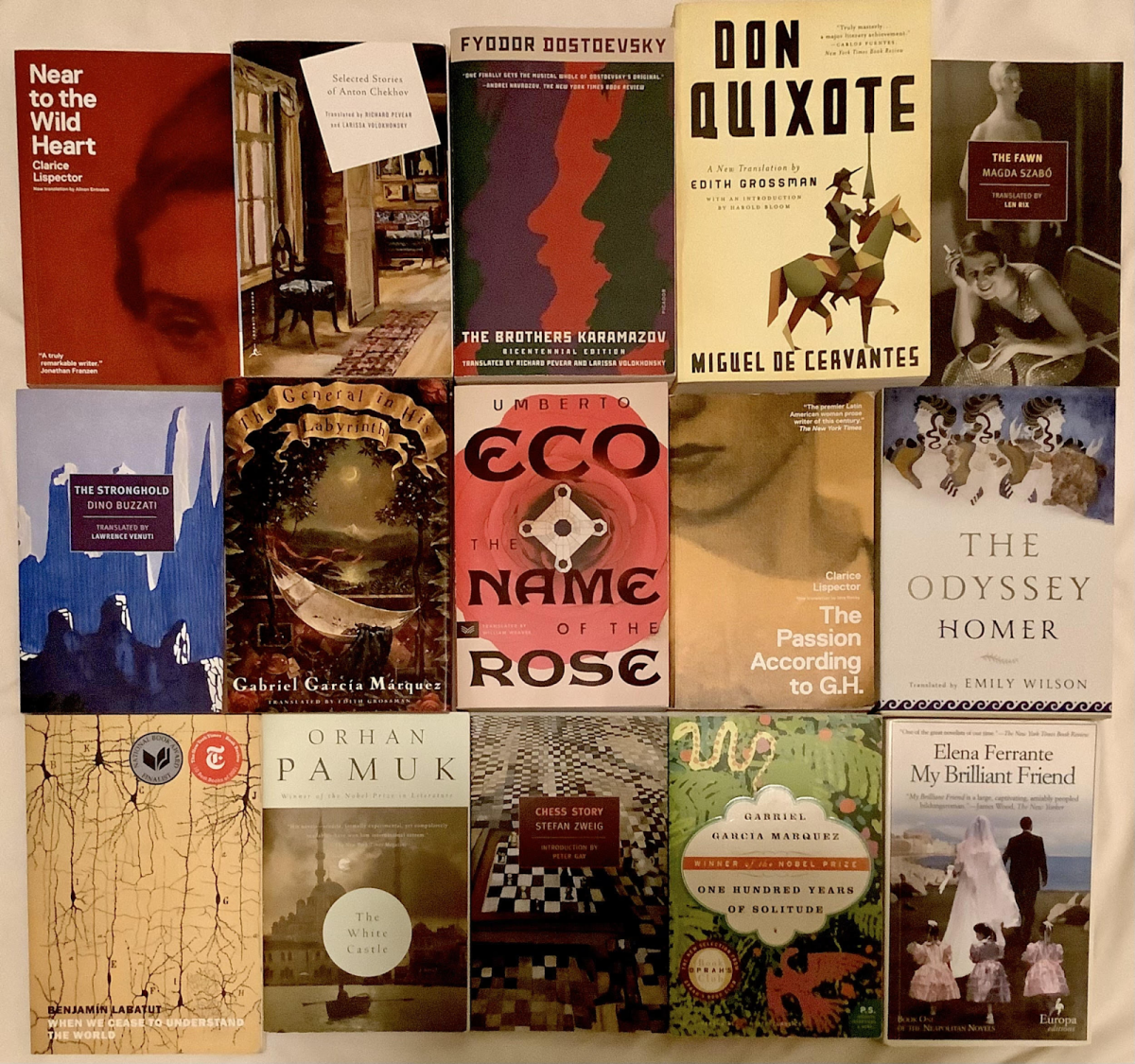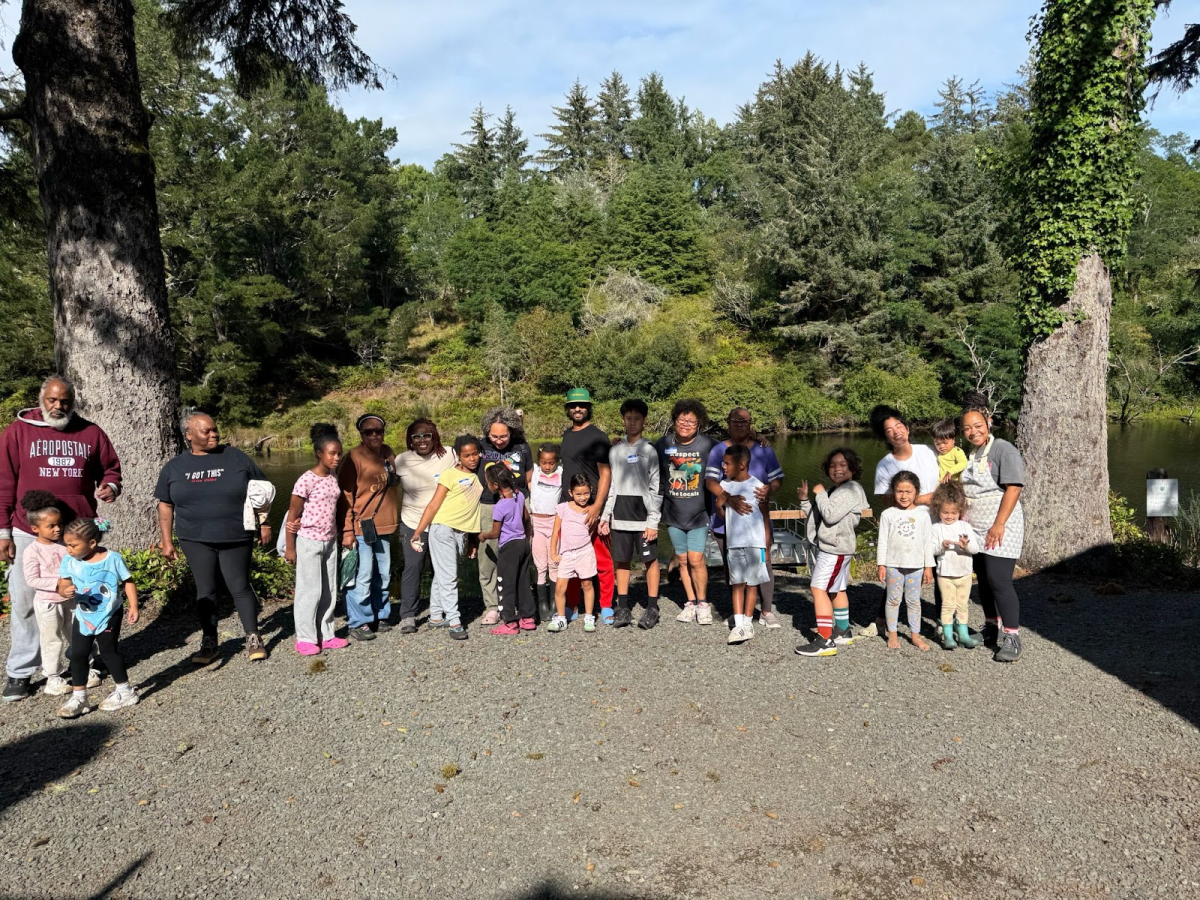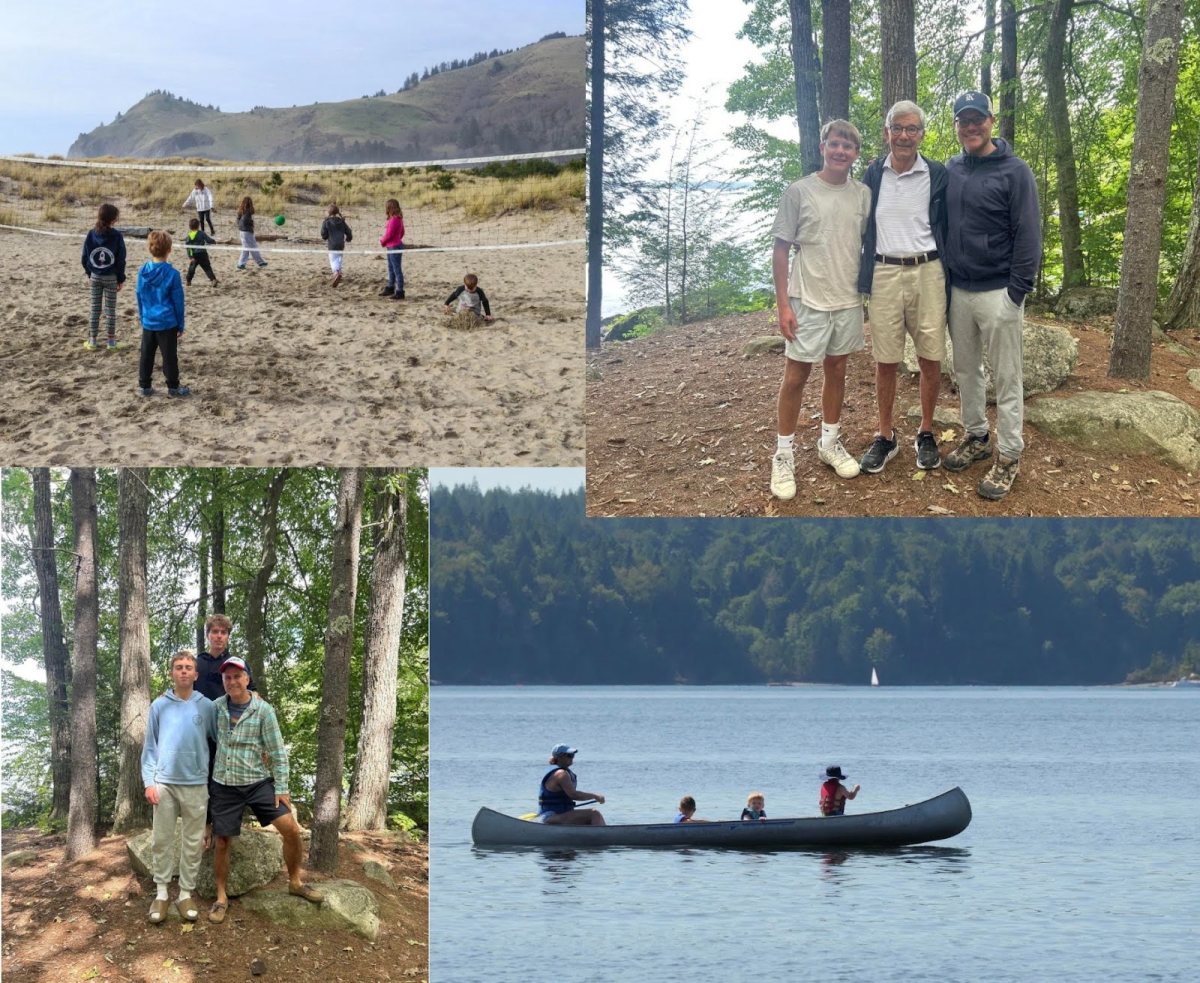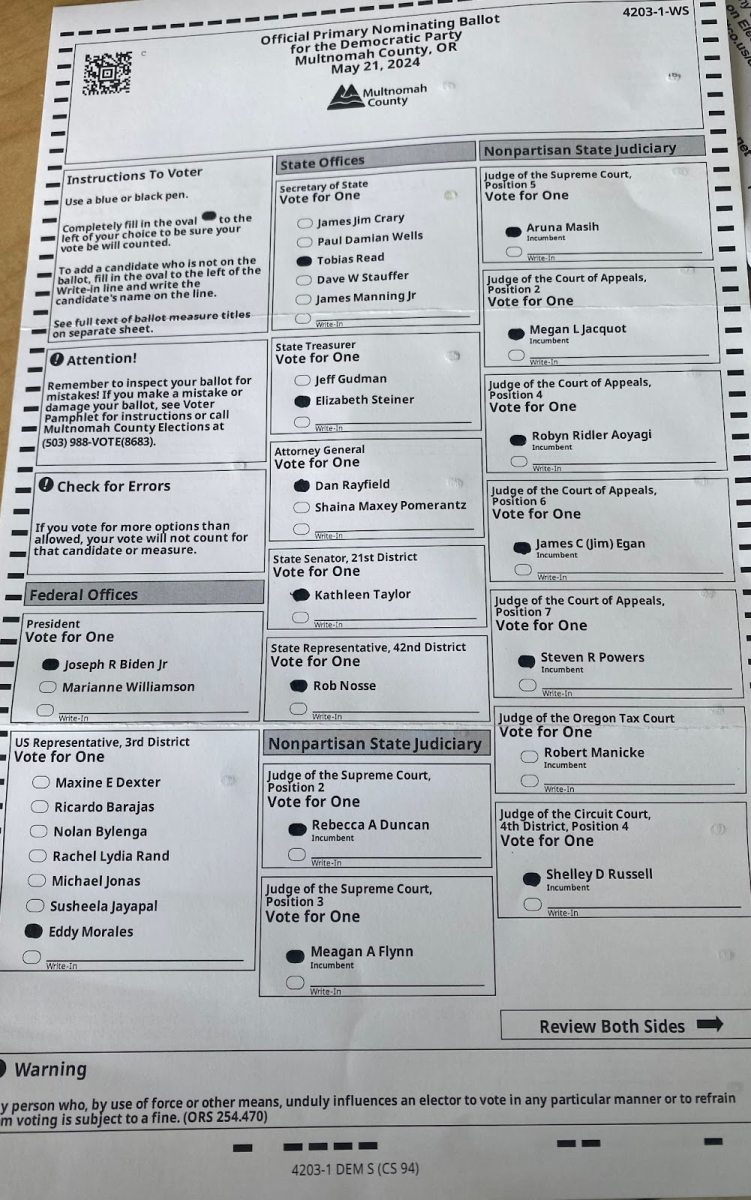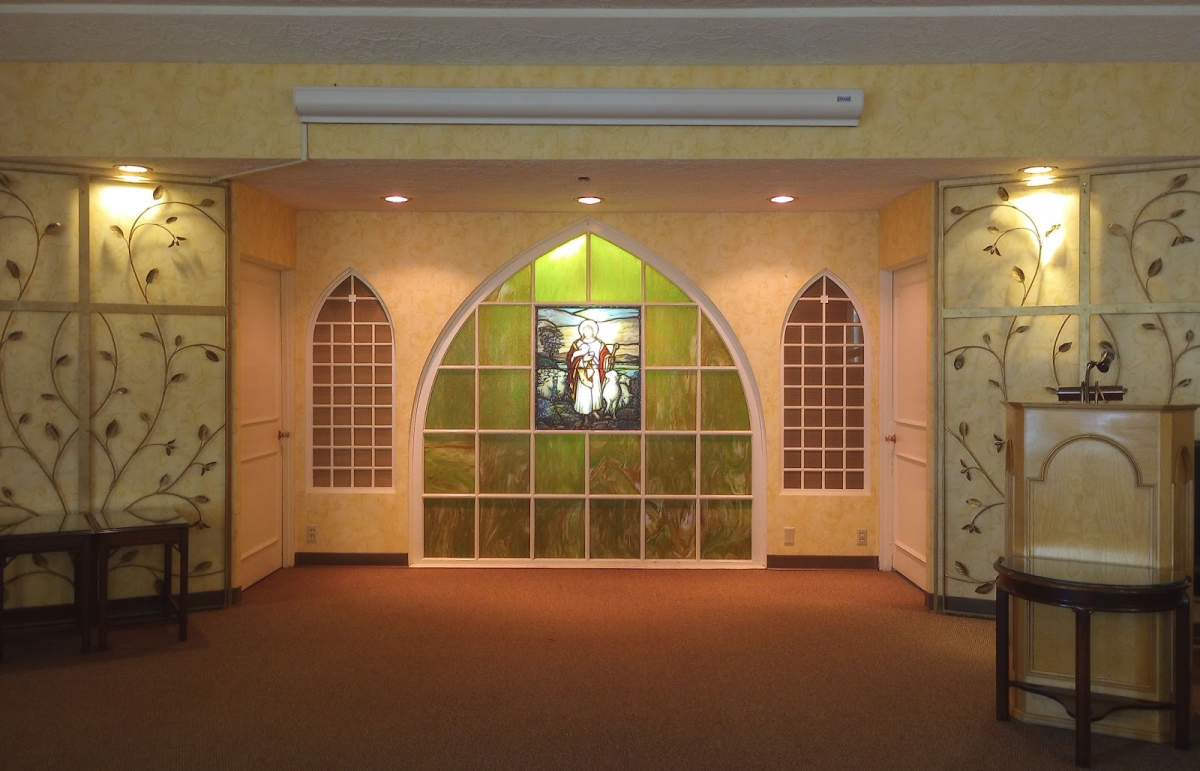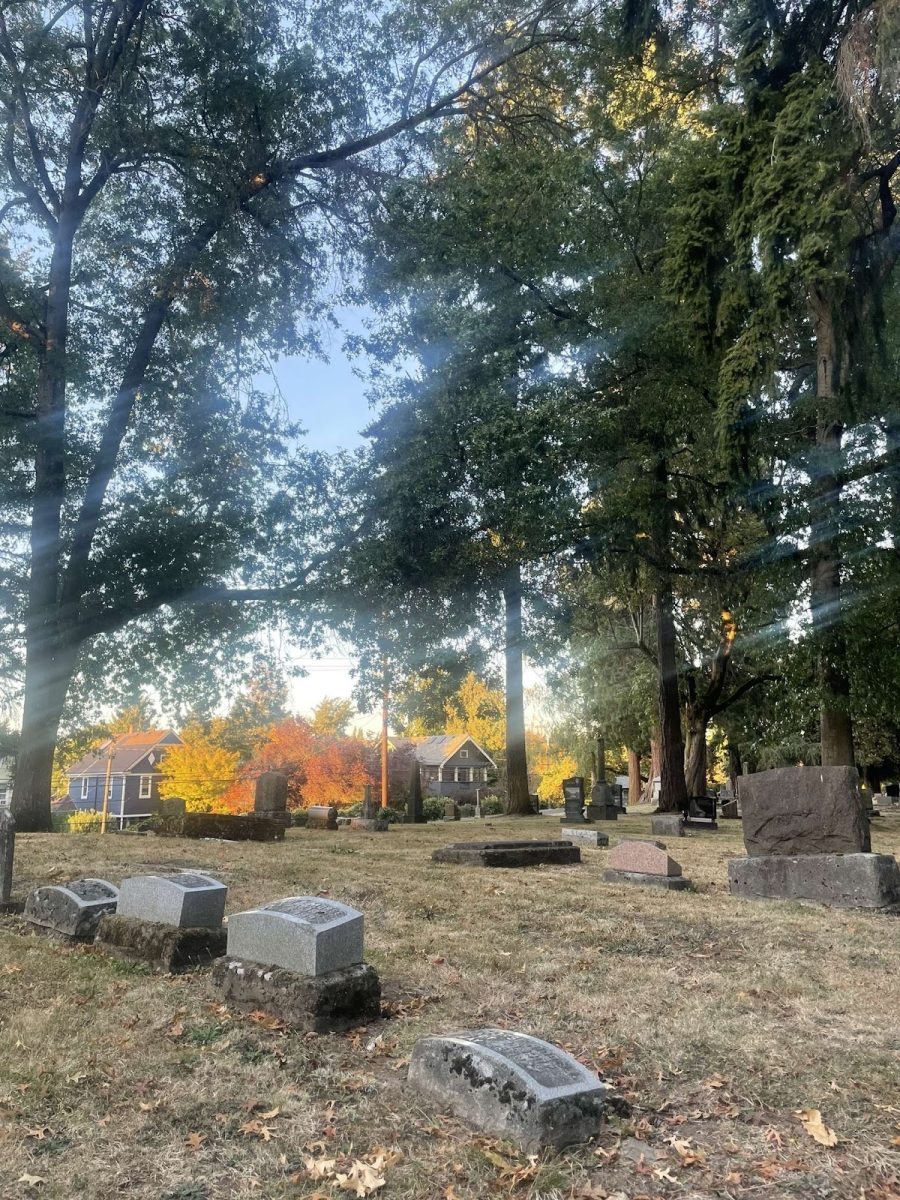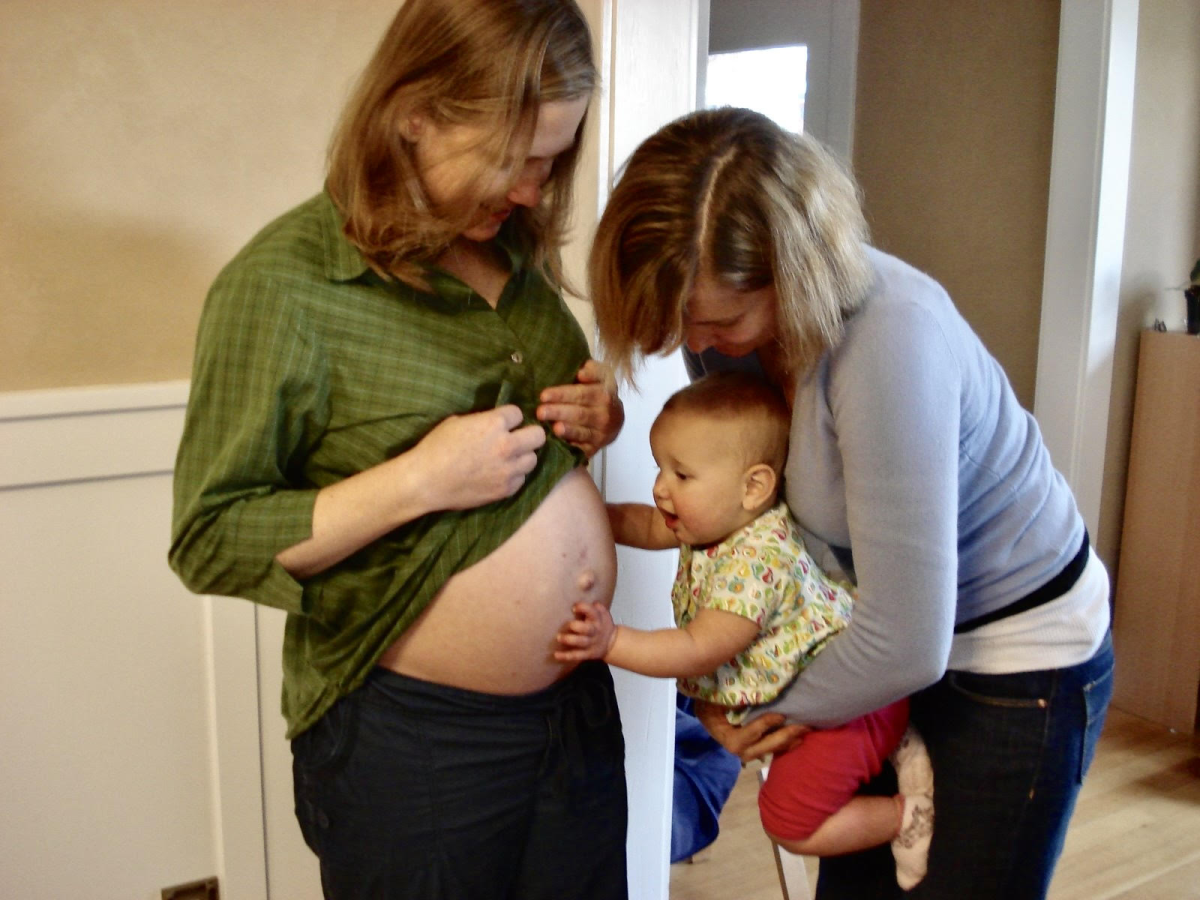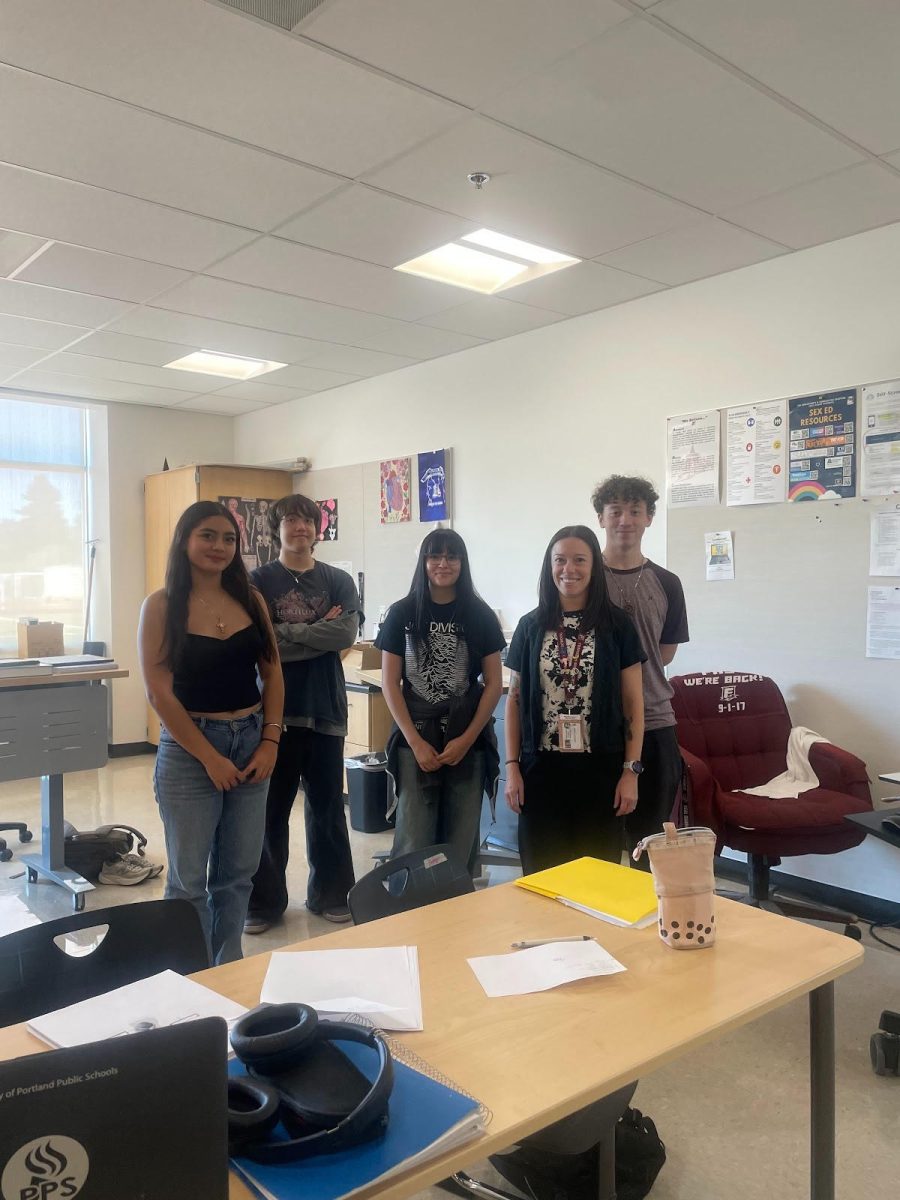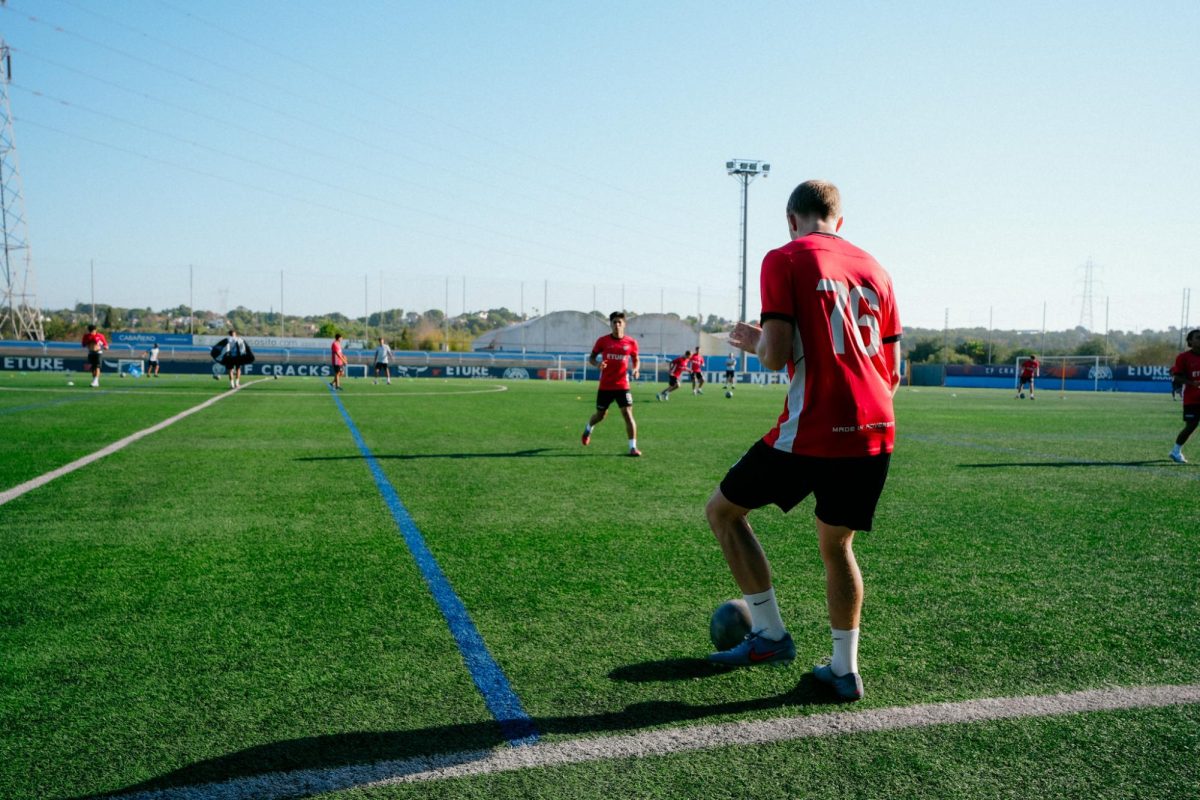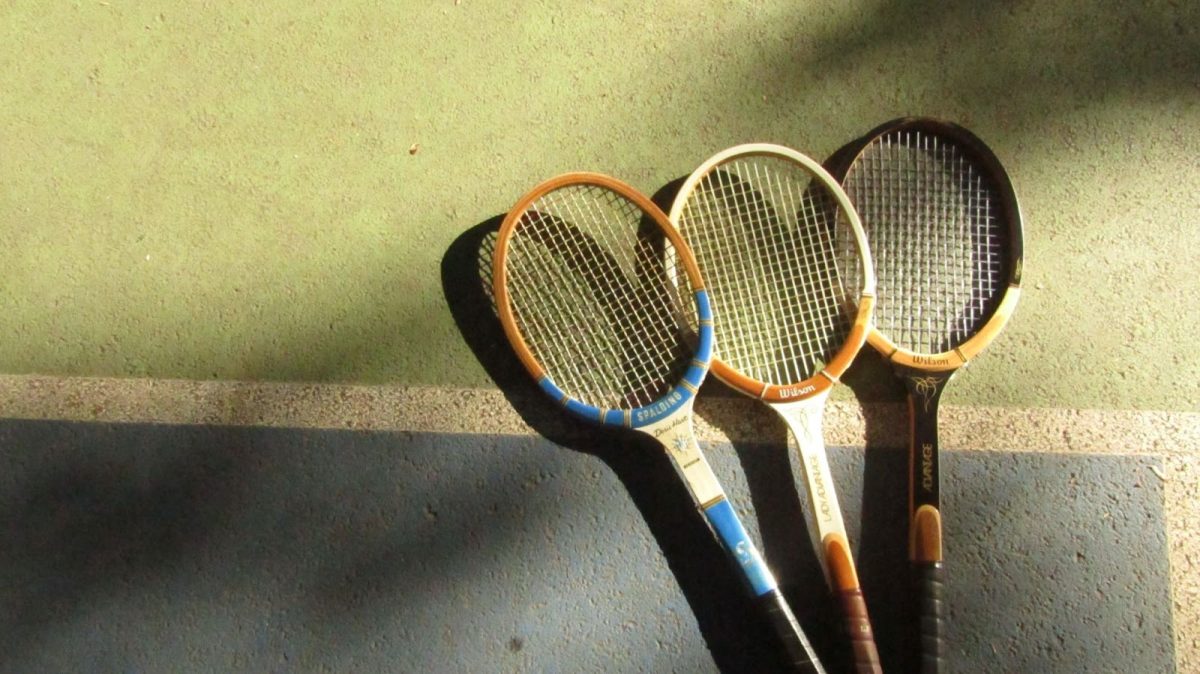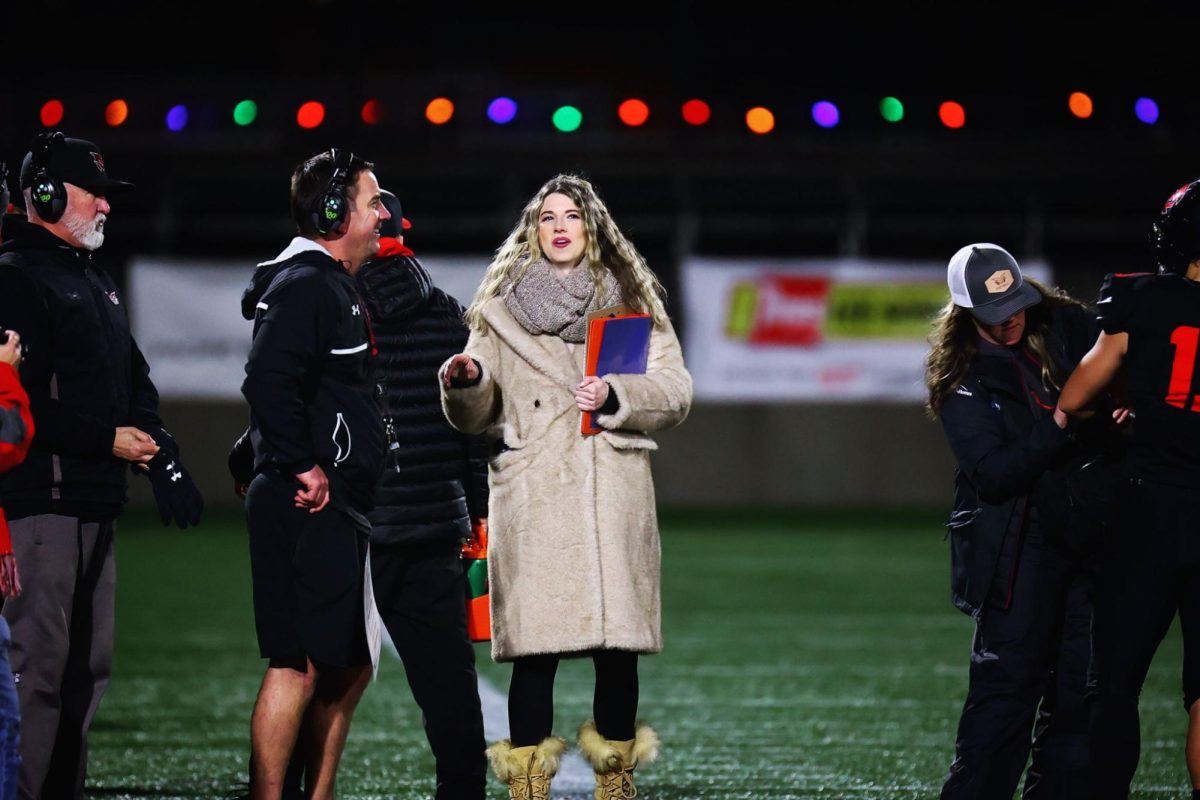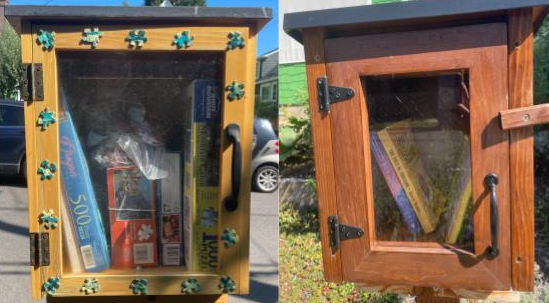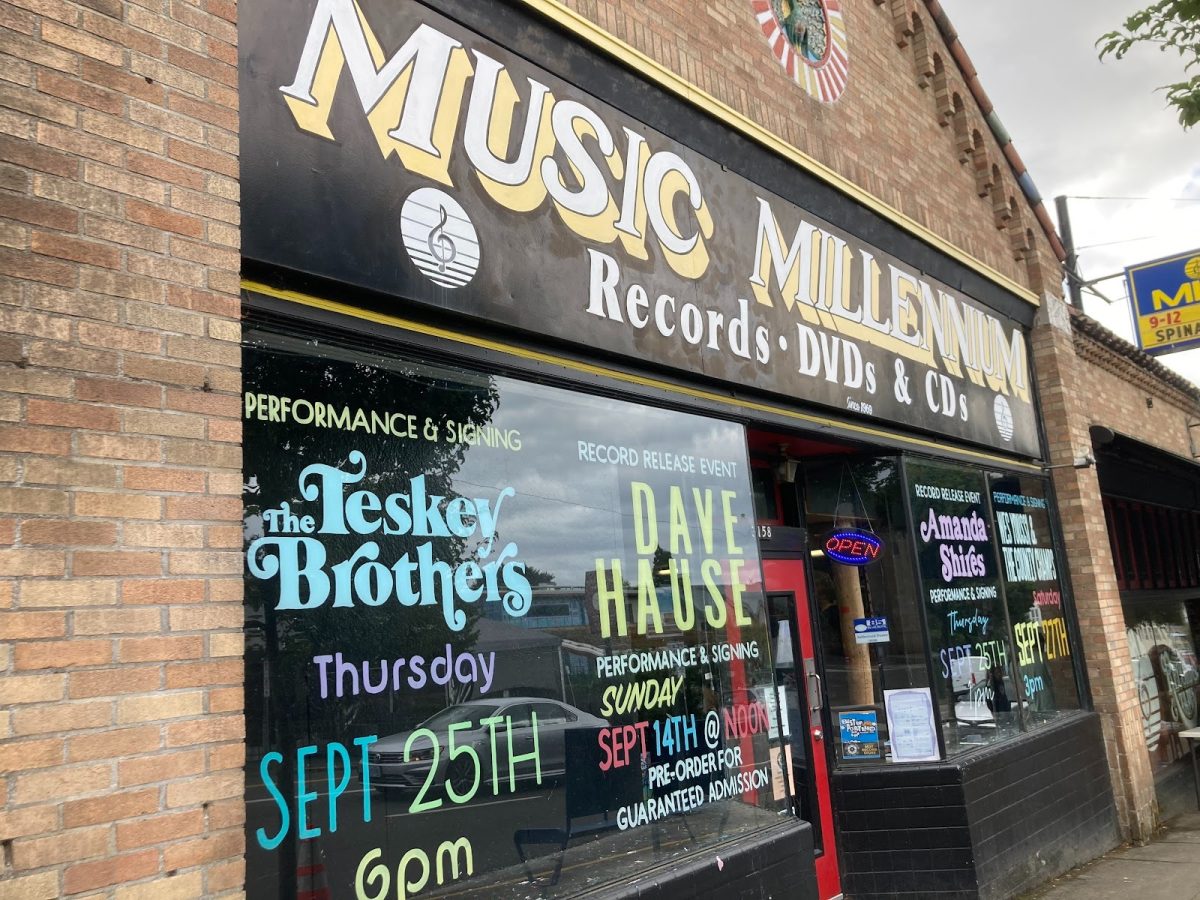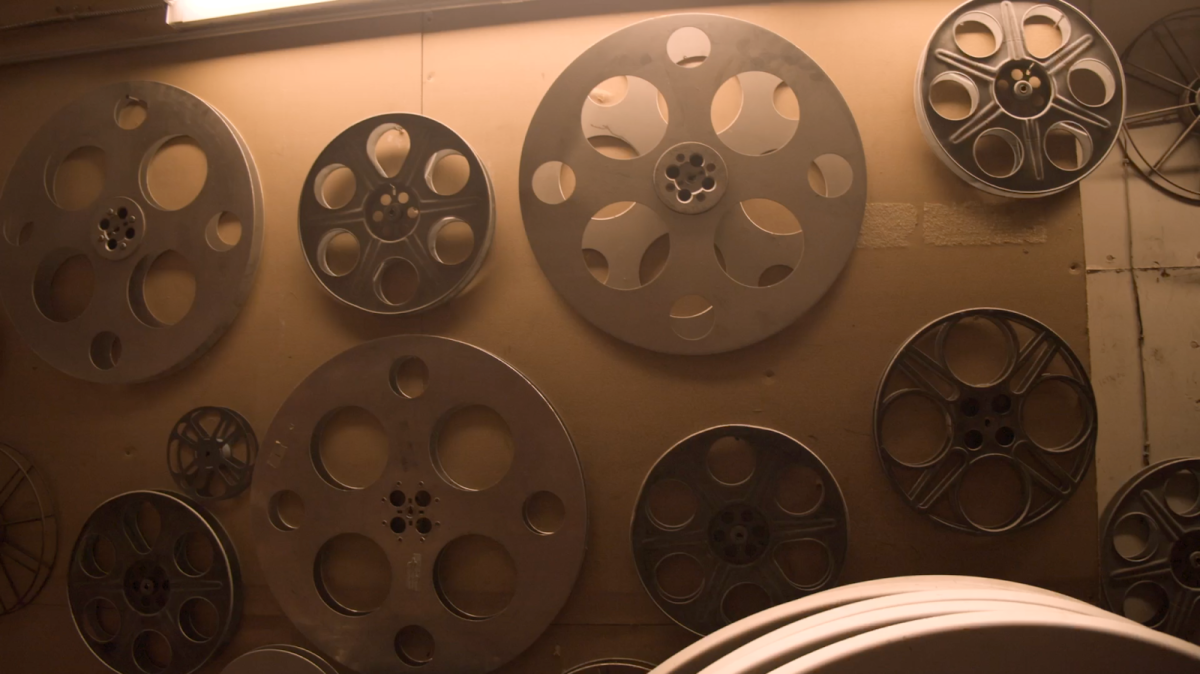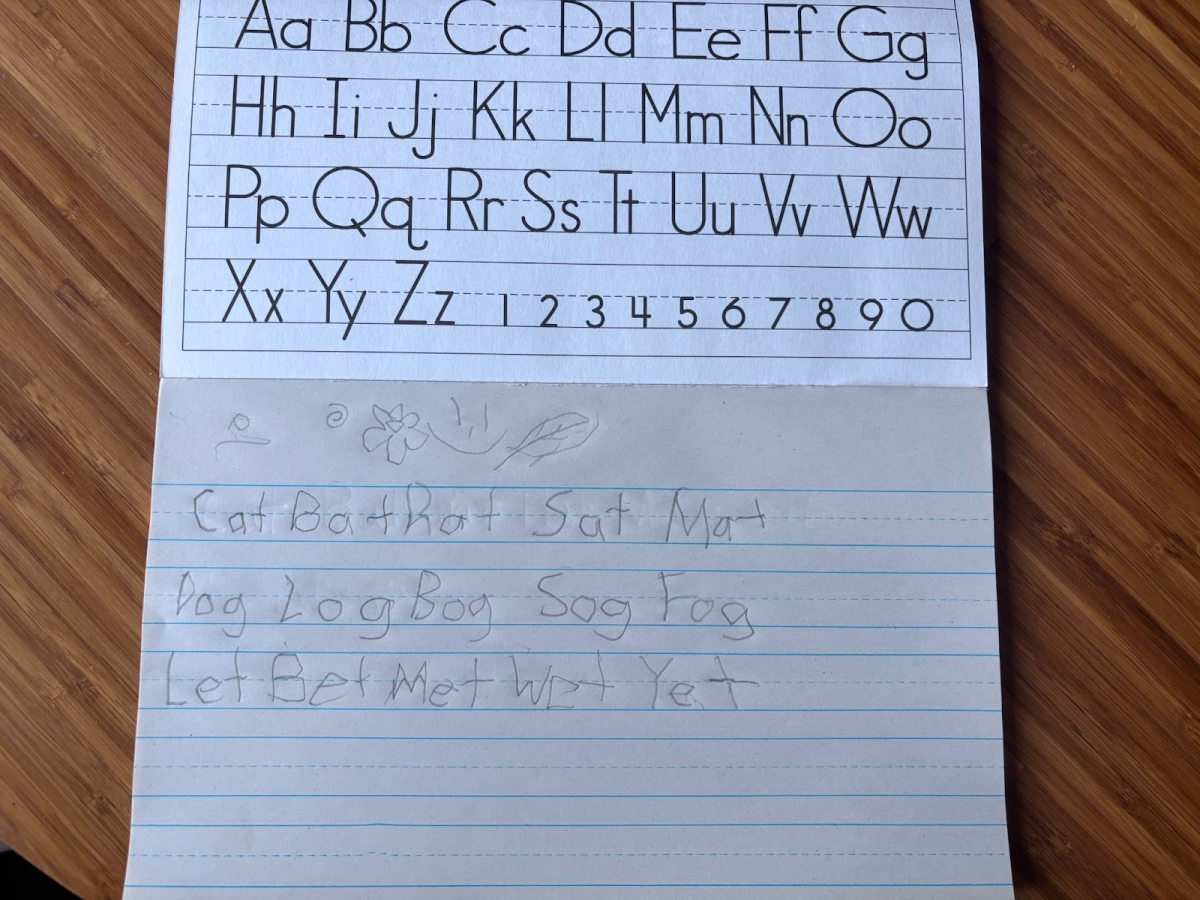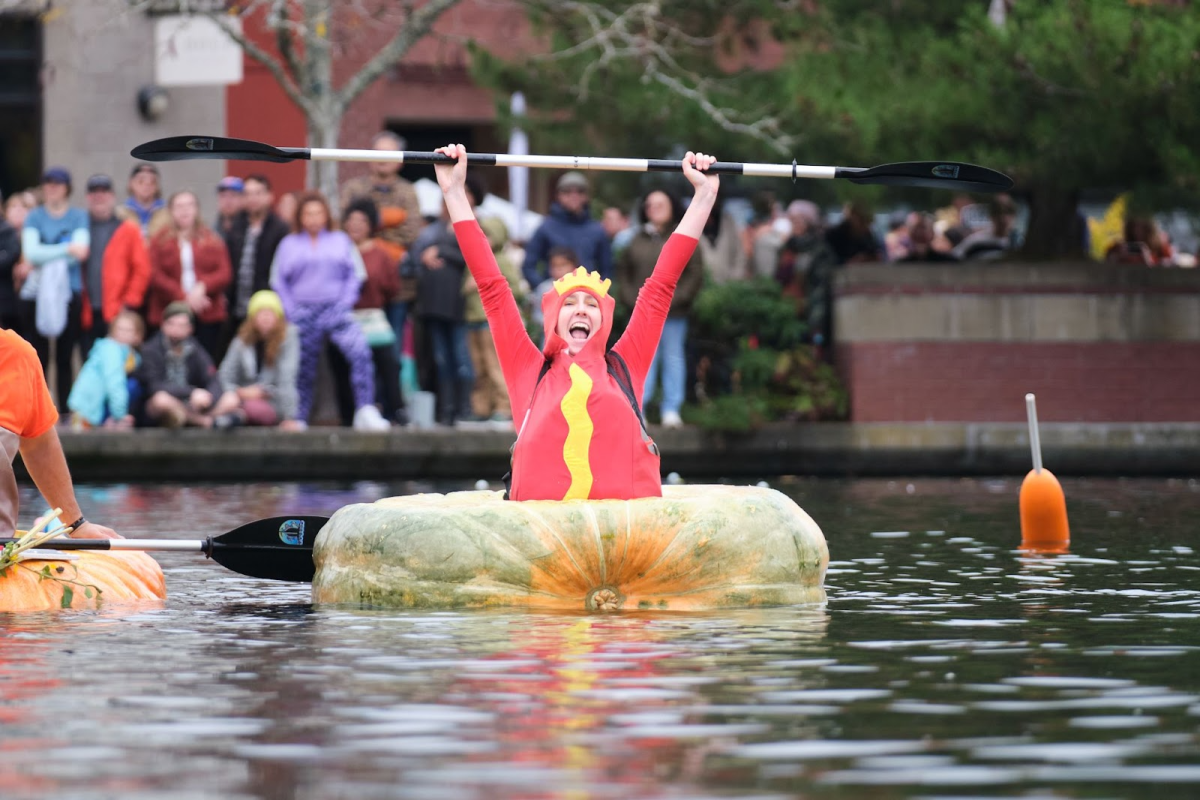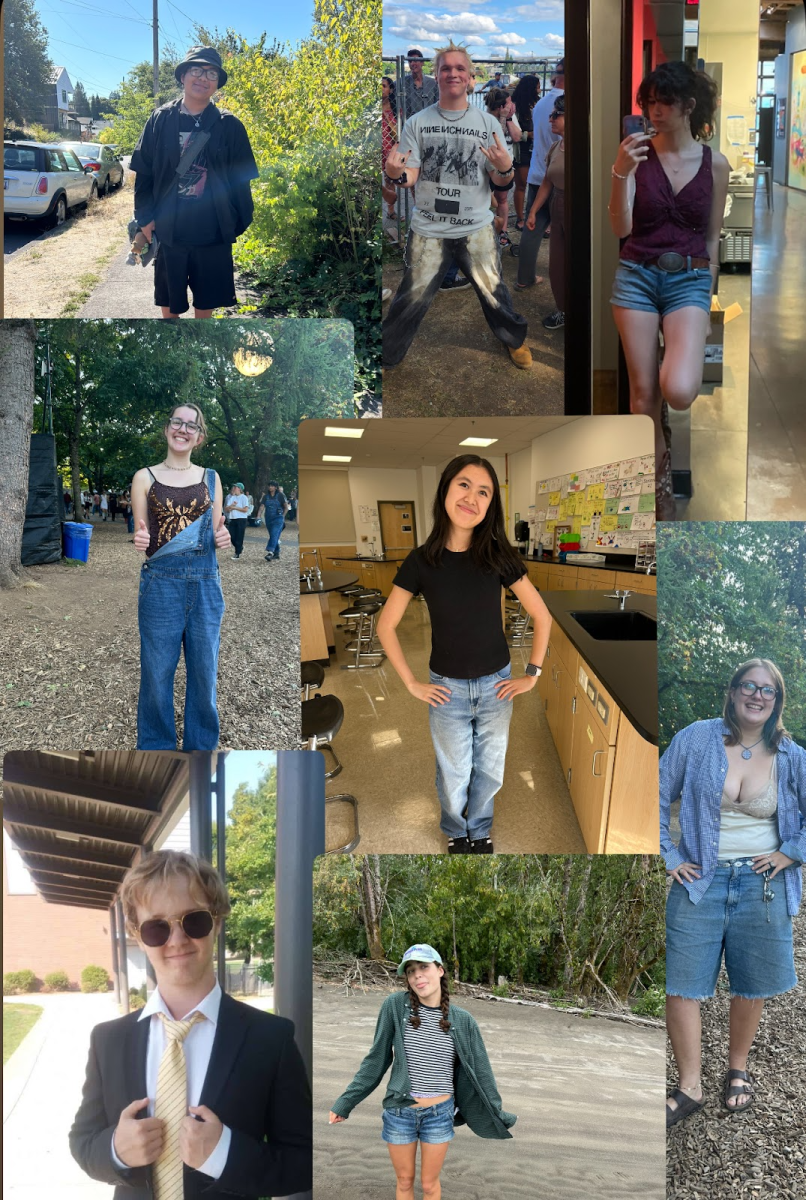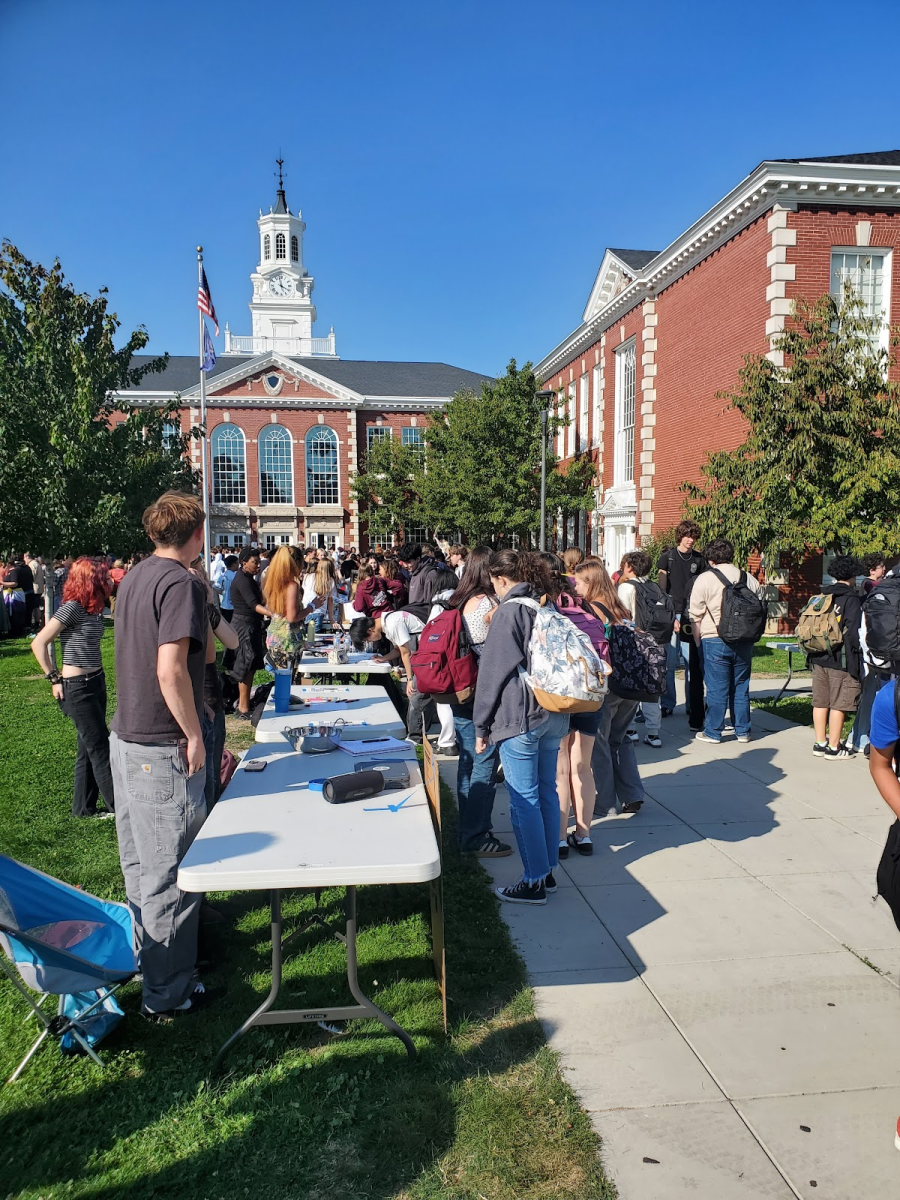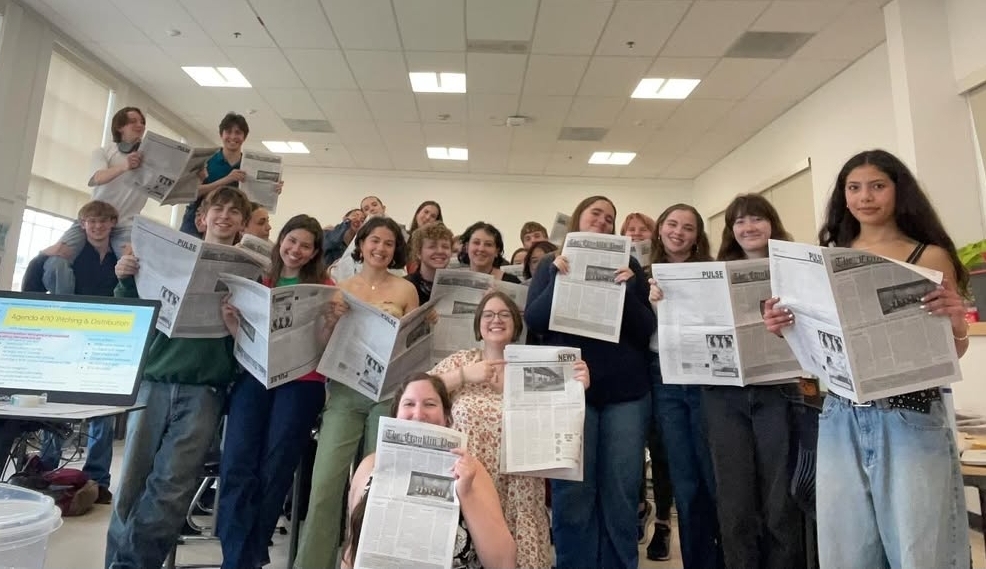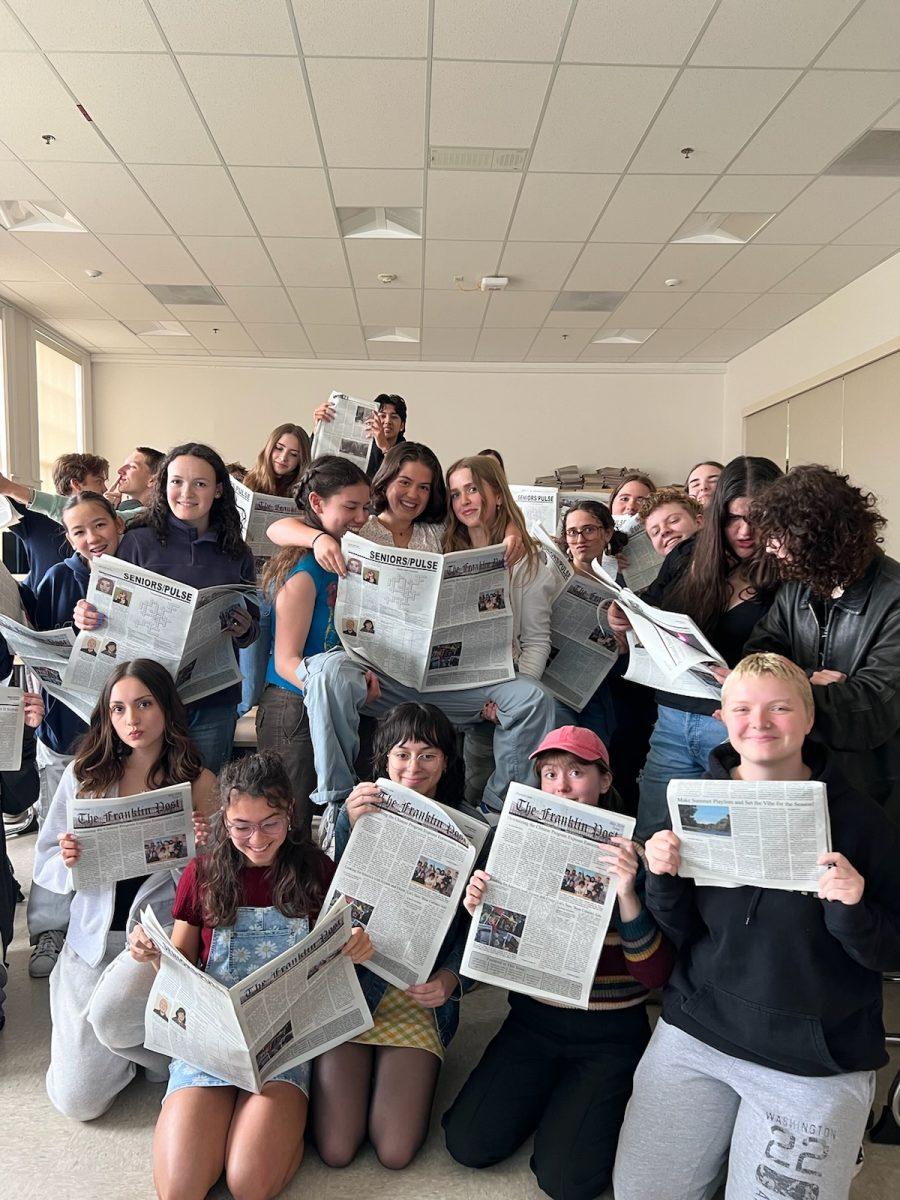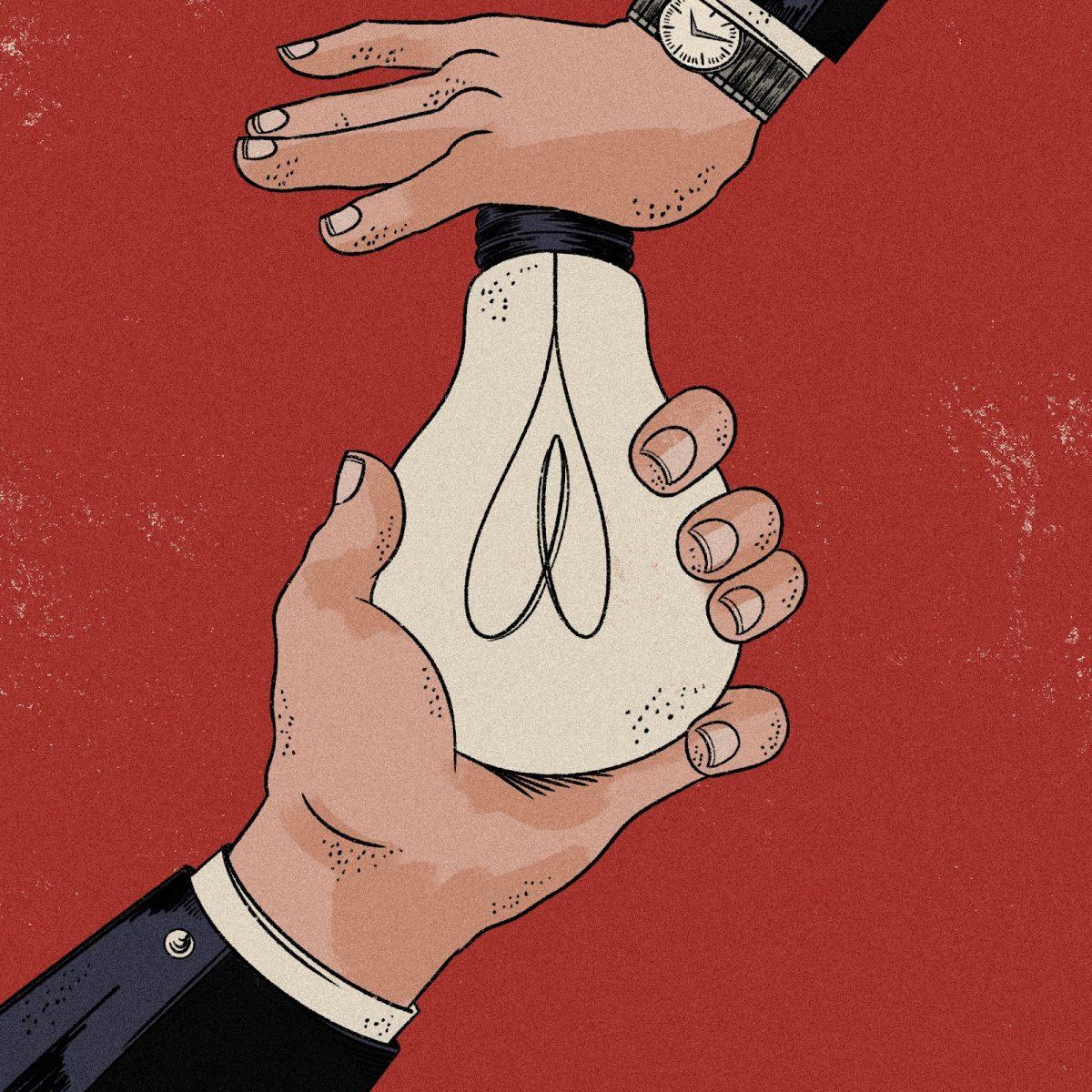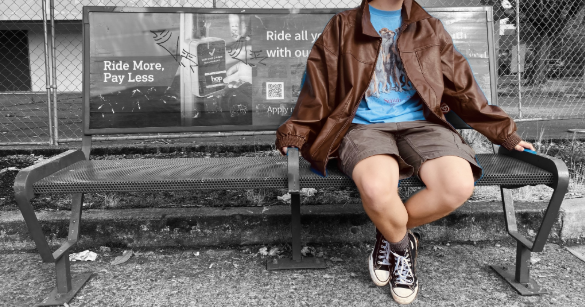Last year, a new class appeared on Franklin’s forecasting sheets. To many, it might have seemed like just another class, its arrival a quiet mark on those yellow sheets. But the option to take Climate Justice was not a surprise to some, and this class has been many years in the making.
On May 16, 2016, a resolution to introduce climate literacy into schools was adopted by the Portland Public Schools Board of Education. This resolution was proposed by community members, focusing on the “causes and consequences of the climate crisis—as well as possible solutions.” The proposed resolution aimed to inform and empower students to become activists and advocates. Since then, community members have continued to push for climate education in our schools. After the climate change walkout in May 2019, students went to the Board of Education and made demands for more actions to contribute to climate change education and honor the 2016 resolution. One result of these students’ advocacy was the creation of a Climate Justice class that was featured for the first time on our forecasting sheets last year.
This class was unlike many others from the start. It was formed because of the demands of students and staff, for one. Its curriculum is a combination of both social studies and science standards. And the class is unusual, too, in the way it is being taught. At Franklin, science teacher Megan Whisnand is joined by four student co-teachers, who helped develop the curriculum for this class during the summer of 2020. Liv Lufkin, Mira Kron, Grace Curley, and Elliot Nopp, all Franklin seniors, were taken on as PPS employees in the summer. They worked alongside students and teachers from four other schools in PPS to help develop the curriculum for this class. And this semester, the first Climate Justice class at Franklin is finally underway.
The goal of the class is to focus more on the justice aspect of the climate crisis, as well as on possible solutions. Whisnand teaches other classes at Franklin that touch on the subject of climate change, and “didn’t realize how depressing a lot of it can really be,” she says. “That doesn’t leave me feeling hopeful.” Climate Justice, on the other hand, balances educating students with the science behind climate change and allowing them to explore more solutions and ways to make a difference during the climate crisis. The class is split up into units focusing on the science, politics, and impact on marginalized communities of climate change. The class culminates in an independent project with the potential to have a real impact on the Franklin community.
Since this is the first year the class is introduced at Franklin, it’s a bit of a pilot year. The class has the potential to change in the future—especially given that many of its teachers will be graduating this year. Whisnand says that working alongside students has been “the best collaboration that I have ever done […] they are really inspiring, really driven, really passionate.” Next year, she hopes to find other students to help lead the class and to continue to elevate student voice in teaching this class.
Nopp, one of the student co-teachers, has been involved with the class since its beginning. He attended PPS Climate Justice Committee meetings, testified to the school board, and sent emails to help ensure that the class could be taught at Franklin. During the process of researching and building this class, “I learned about so much more than just climate change. I learned how our government works,” he says. “I got involved in policy decisions[…]; this class really kind of lays the groundwork to shape [your] curiosity about different issues, and will teach you so much about how the world works.”
This addition to the PPS class selection is, for many, an important step in introducing students to activism and climate justice awareness. The students and teachers involved with the development of the class hope to see it grow as the years go on, especially as it is re-introduced as classes start to move back into the building. To the students considering this class, for next year or the year after, Whisnand says that she wants this class to be a chance to “build scientific confidence and also […] empathy,” center voices that are most impacted by climate change, and to inspire students to become advocates for those communities.
